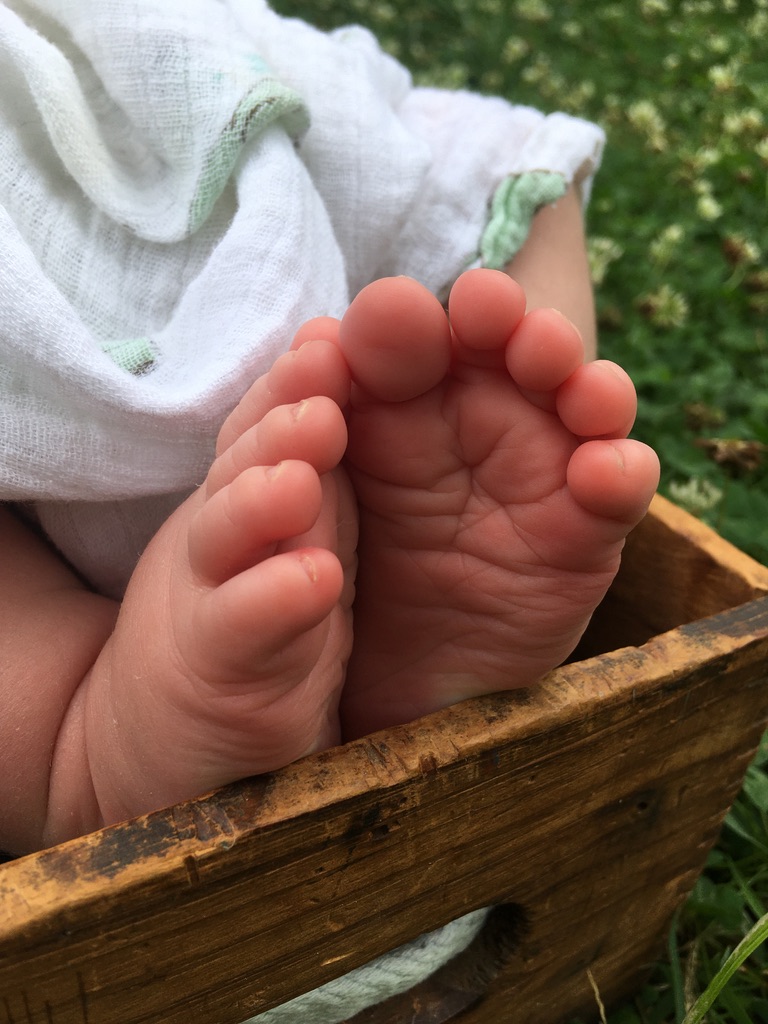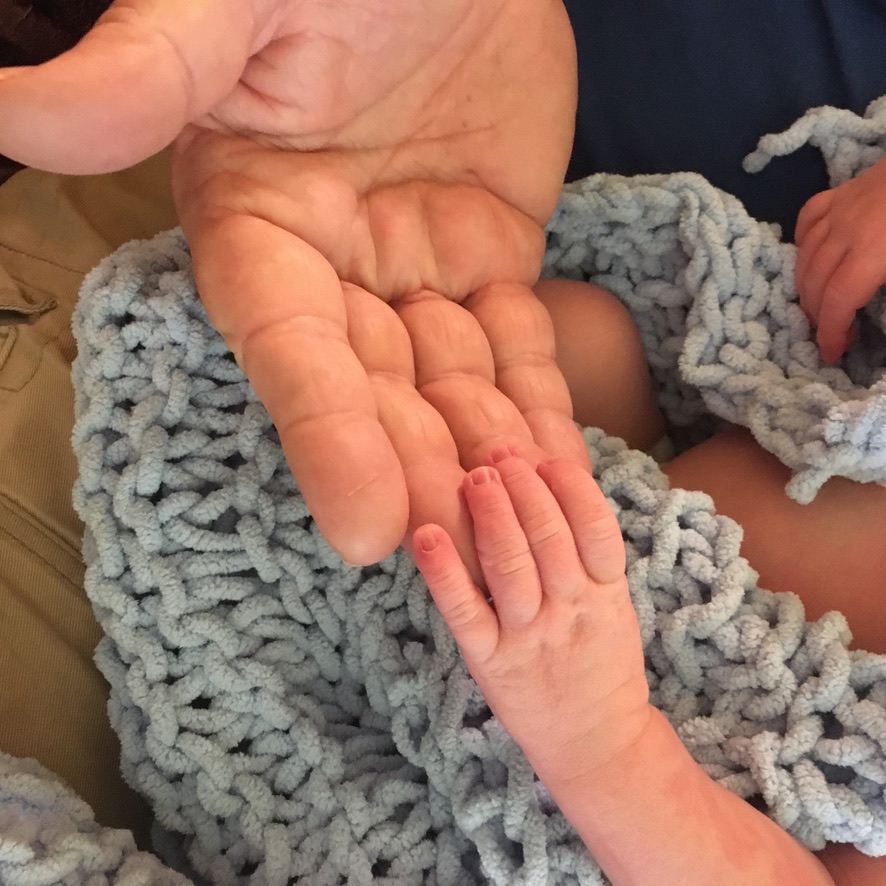You hear it over and over: Babies are expensive. In a way, it is true. Having a child certainly adds expenses. However, you can cut back on your expenses AND help protect the planet by embracing one simple concept: Secondhand.
When we found out we would be having our son, my husband and I knew we wanted to do an experiment in secondhand living. Could we go the WHOLE first year without buying any new items for our baby? We would only buy secondhand or homemade items. We even extended this to gifts from others…it kind of feels like cheating to ask someone else to buy something new for you. Of course consumables like food would need to be bought new, but for everything else, we were curious — could we do it?


For the most part, our experiment was a success! Not only did it become a fun challenge for ourselves, we ended up saving a huge amount of money in the process. I kept track of our spending, and over a year we saved about $3,000! See below for a chart comparing our expenses to buying new. We personally only bought 3 new items for him: Two natural rubber pacifiers (because we lost the first one 😉 and a Baby’s First Christmas ornament with his name engraved on it.
Before our experiment, I had thought our biggest challenge would be the practical aspect of finding what we needed secondhand. This turned out to be not as difficult as expected. We were given quite a few items and clothes from friends with older children. The rest I was able to find at large consignment sales or by ordering online. With a new baby, I didn’t have the time to peruse thrift stores for hours. Thanks to the growing secondhand market, there is often more choice in goods on sites like Ebay, Poshmark, and ThredUp than there is at a big box store. Even Amazon now has a “used” section and makes buying used items quite convenient.
The biggest hurdle turned out to be people who maybe didn’t grasp what we were doing. For his baby showers, we either requested handmade items only, or asked people to give him an item they already owned and explained how using things that already have a history would bring us joy. My grandmother was horrified at our experiment and bought him new clothing anyway :). There were a few other times well-meaning people bought new things too. When this happened, we accepted the gifts with thankfulness. No need to shame anyone for not understanding our way of life. But for the most part, people gave us beautiful presents that I now treasure, like his godmother’s own baby blanket, a hand-sewn teddy bear, and a well-loved story book.
I also found I needed to change my mindset. Growing up in a large family, I always wore hand-me-downs and shopped at thrift stores. But there was still a part of me that viewed “second hand” as being “second best”–as though buying secondhand items for my beloved child somehow conveyed I valued him less. We live in a culture where new is equated with better. As parents, we are taught by our culture to buy our children things to show them love. Or that having a perfectly coordinated nursery makes you a good parent. It seems ridiculous when written out, but that underlying mindset was something I had to change.
In reality, buying secondhand shows how much I value my child and his future. I want my children to inherit a world where there is close community, clean air, flowing clear water, and no toxic wastes. Buying secondhand is a powerful way to demonstrate those values. It builds community by keeping your money within the circle of other local parents and nonprofit thrift stores. An item’s impact on the environment in energy use, packaging waste, and use of dubious chemicals is almost all in the manufacturing of an item. When you buy a used item, it already exists, and would otherwise go to a landfill if not re-purchased. Giving an item another life before it goes to a landfill reduces its embodied environment cost, particularly by avoiding the need to make a new item.
Buying secondhand is no longer something to solely to save money, it is now a key part of stewarding our earth’s resources.
Speaking of money, what did we do with the $3,000 we saved? Since we had our son’s future on our minds, we decided to set that money aside as a college fund for him. It felt like a vote of confidence for his future: It can be bright when we choose to consume our resources thoughtfully and carefully today.
Try a challenge for yourself: Set a certain number of months and try to buy only used items during that time. Have fun with it and let me know how it goes!
| Item | Cost new | We spent | |
| Crib, mattress, bedding, (3 sets) | 300 | 120 | |
| Diapering (Pampers brand, wipes, cream, diaper bag, changing pad) | 1,150 | 20 | We used cloth diapers, and those were all second hand. Source for cost of diapers: https://phdad.com/diaper-cost-first-year/ |
| Clothes (if buying mid level brands like Gap and Walmart), 8 outfits for each size 0-12 months | 350 | 30 | This is probably an under-estimate for new clothes |
| Pack N Play | 150 | 35 | |
| Stroller (jogger and lightweight umbrella) | 200 | 20 | |
| Bathing (bath toys, washcloths, bathtub, towels) | 50 | 10 | |
| Car seats, infant and convertible toddler seat | 270 | 50 | Only buy car seats from someone you personally know and have not been in an accident |
| Bottles, 6 (Glass or Silicone) | $60 | 20 | |
| Nursing supplies (electric pump, 3 bras, pads, milk storage) | 270 | 0 | A kind friend gave me all of her nursing stuff, plus I already had a pump. I reused glass tomato paste jars for milk storage. |
| Baby gear (bouncy seat, swing, monitor, playmat, gate, toys, books) | 325 | 50 | I found most of these for free |
| Baby carrier (Ergobaby) | 150 | 30 | |
| Feeding supplies (Highchair, bibs, cup/bowl) | 60 | 0 | I already had a high chair and used cloth napkins as bibs. |
| Totals | $3,405 | $375 |


6 thoughts on “How to have a baby and save $3,000”